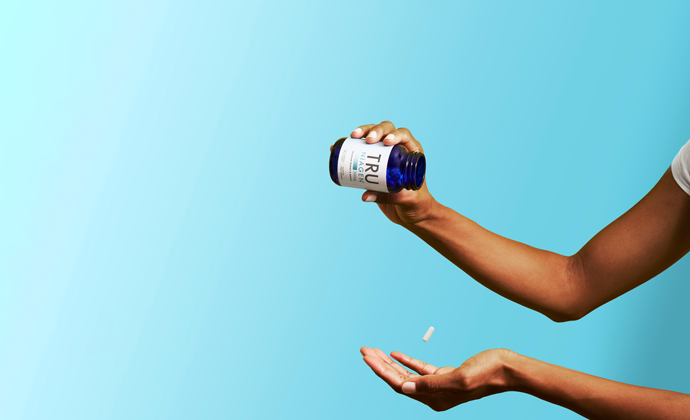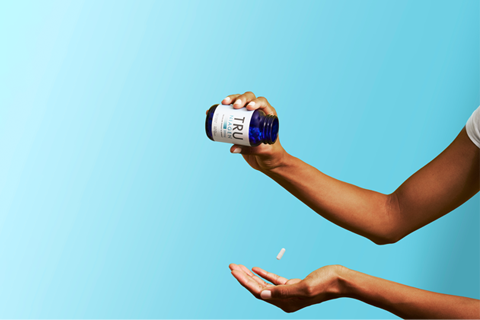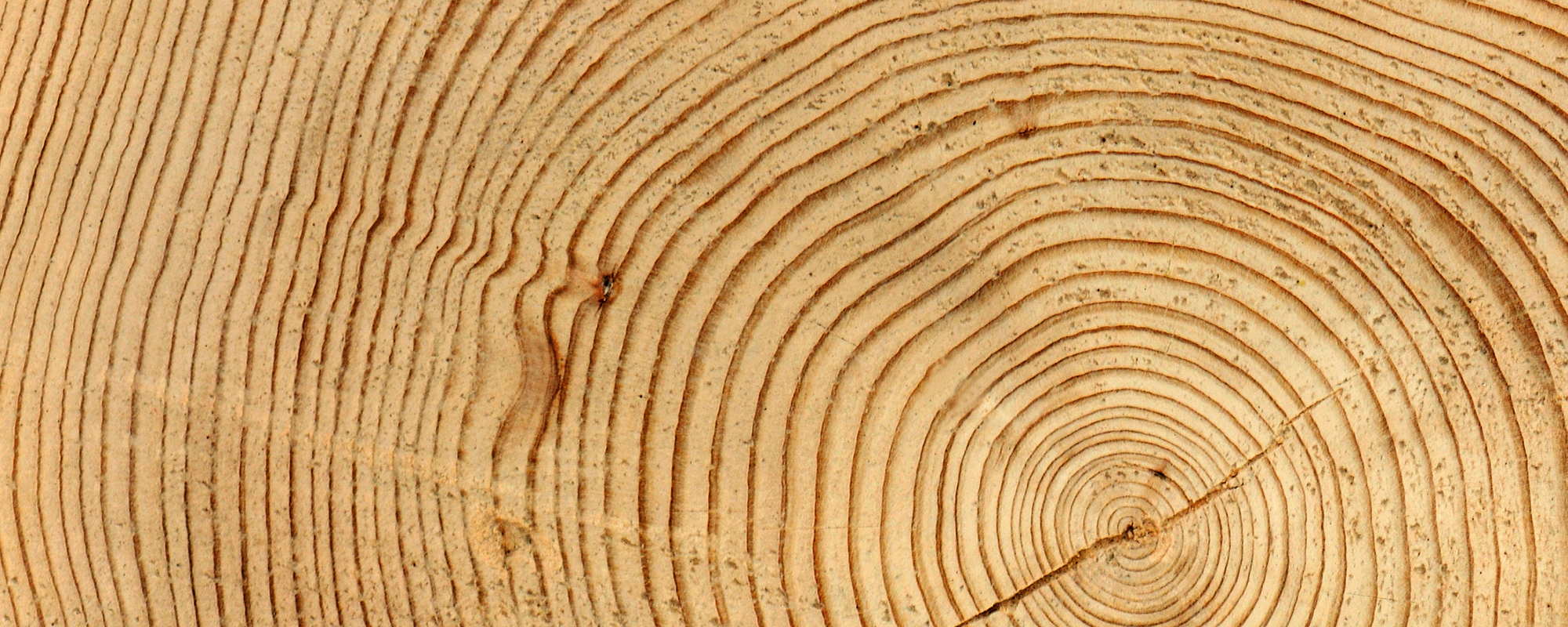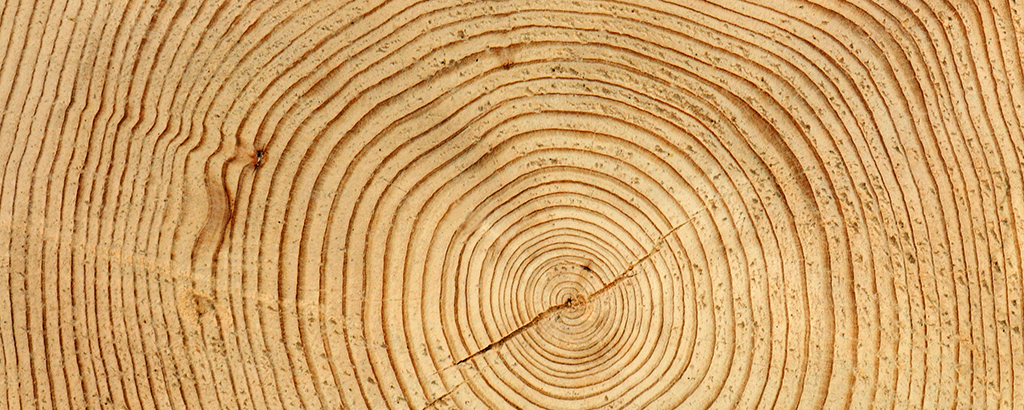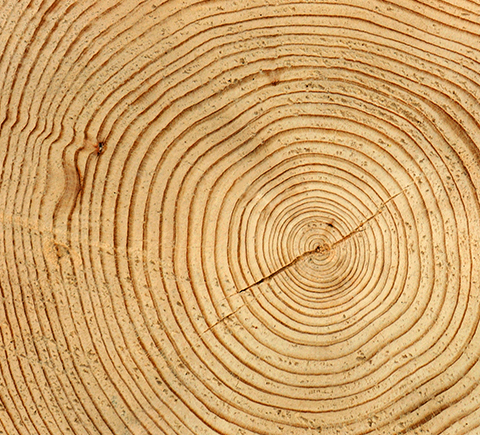Is Nicotinamide Riboside Really an Anti-Aging Supplement?
The term “anti-aging” gets a bad reputation. It sounds like we’re trying to stop something that’s already well underway, or like we can’t embrace the parts of ourselves we’re supposed to love. But the reality is there are metabolic changes happening underneath the skin well before we see the effects of aging. Choosing to approach our health from the inside out might be just what we need to improve the way we age.
In fact, one of the hallmarks of aging is a process known as “mitochondrial dysfunction", a term that refers to our cells' general loss in power and efficiency over time. It may be one of the reasons we age at all. And if the mitochondria are at the heart of why we age, it makes sense to look at every possible way of keeping them functioning for as long as possible.
That’s one of the reasons why some of the world’s leading scientists are turning to nicotinamide riboside. This unique form of vitamin B3 shows the potential to affect mitochondrial health and in turn, many of the age-related problems associated with it.
Understanding the mitochondria.
Inside almost every cell are these tiny, strangely shaped organelles called mitochondria— “the powerhouses of the cell.” These mini-organs are responsible for producing 90% of the energy we need in our bodies. The mitochondria are the reason why we exist as the complex animals we are today, rather than bacteria.
We didn’t always know just how vital the mitochondria were to our health. One key way of keeping mitochondria healthy is a molecule known as NAD+ (nicotinamide adenine dinucleotide). Our cells naturally produce NAD+, and we use it constantly throughout the day.
We also know our NAD+ supply declines as we age. Once researchers realized NAD+ could be the key to keeping our cells healthy, they scrambled for a way to make more of it.
The beginning of the vitamin B3s.
Researchers already knew of two vitamins that began the chemical process to increase NAD+: niacin and nicotinamide. These were discovered in the 1930s and used to treat pellagra, a potentially deadly vitamin B3 deficiency disease.
Niacin would also go on to be a treatment for high cholesterol in the 1950s. However, people found that ingesting niacin in high doses sometimes resulted in an annoying skin flush that was both irritating and unsightly.
Nicotinamide didn’t cause the skin flush and could in theory provide a lot of the same benefits, but it inhibited the activation of important cellular repair promoting proteins known as sirtuins. Neither nicotinamide nor niacin were as effective as researchers were hoping they’d be.
Although these two vitamins were NAD+ precursors, they weren’t ideal solutions. With niacin’s negative side effects, and the relative effectiveness of nicotinamide, researchers still didn’t have a good enough vitamin supplement for increasing NAD+ levels.
The discovery of nicotinamide riboside.
Another vitamin B3 known as nicotinamide riboside was discovered in the 1940s in yeast. But it wasn’t until the early 2000s that scientists began to see the potential of this third form of vitamin B3 to not only increase NAD+ but also improve human health in general. In 2004, a Dartmouth College research team discovered that nicotinamide riboside, like its vitamin B3 brothers, was also a precursor to NAD+.
The team, led by Charles Brenner, PhD, found that nicotinamide riboside could increase NAD+ in mice and that those mice experienced a plethora of health benefits as a result.
The mice showed everything from improved blood sugar levels and cholesterol levels to reduced nerve damage, and resistance to weight gain. Dr. Charles Brenner found these results so inspiring, he took the next step to see what nicotinamide riboside could mean for human health.
In 2014, Dr. Charles Brenner became the first human to consume nicotinamide riboside as a supplement. The results were just as promising. This relatively unknown form of vitamin B3 significantly increased his NAD+ levels safely, quickly, and without any negative side effects.
A fully vetted supplement.
While Brenner made for a great lab rat and the findings produced from his self-trial were encouraging, clearly more testing was needed to confirm whether nicotinamide riboside was a viable supplement option for humans. As the Dr. Roy J. Carver Chair of Biochemistry at the University of Iowa Carver College of Medicine, Dr. Charles Brenner collaborated with his colleagues at Queen’s University Belfast to perform the first formal human trial of nicotinamide riboside.
In their trial, 12 healthy adults were given a single varying serving of nicotinamide riboside, with seven-day gaps between servings. Blood and urine samples were collected throughout the trial and analyzed. In 2016, they published the promising results, circulated by Nature Communications. Nicotinamide riboside supplementation safely increased NAD+ levels.
The far-reaching scope of nicotinamide riboside.
Nicotinamide riboside uses a unique pathway to produce NAD+ that none of the other vitamin B3s use.
Nicotinamide riboside also activates sirtuins, the cellular repair promoting proteins.These sirtuins then work overtime to help cells stay strong as we age.
Staying healthy as we age will never be as simple as one vitamin, even with one as promising as nicotinamide riboside. There are over 100 studies looking into nicotinamide riboside, with many showing that increased NAD+ levels are tied to metabolic and muscular health in mice. There are even more studies underway understanding the role of NAD+ in the support of other age-related health challenges including declining liver function, weight gain, insulin levels, and brain function in mice.
With eight completed human trials and many more underway, it’s only a matter of time before we know whether the benefits of this one simple vitamin could reach far beyond those of an average "anti-aging" supplement.
Related Posts



Answering the Big Questions about Aging

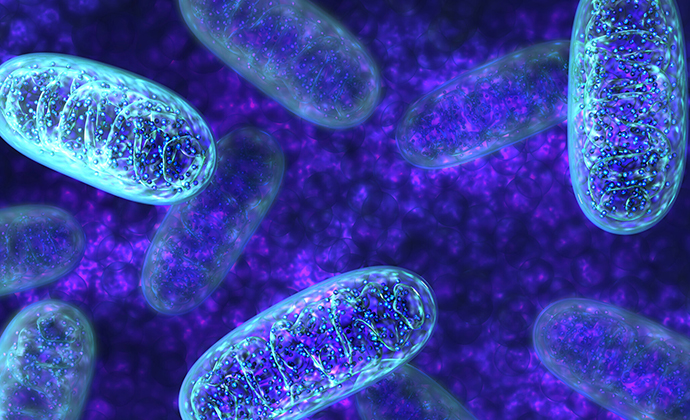

Mitochondria - The Powerhouse of the Cell
